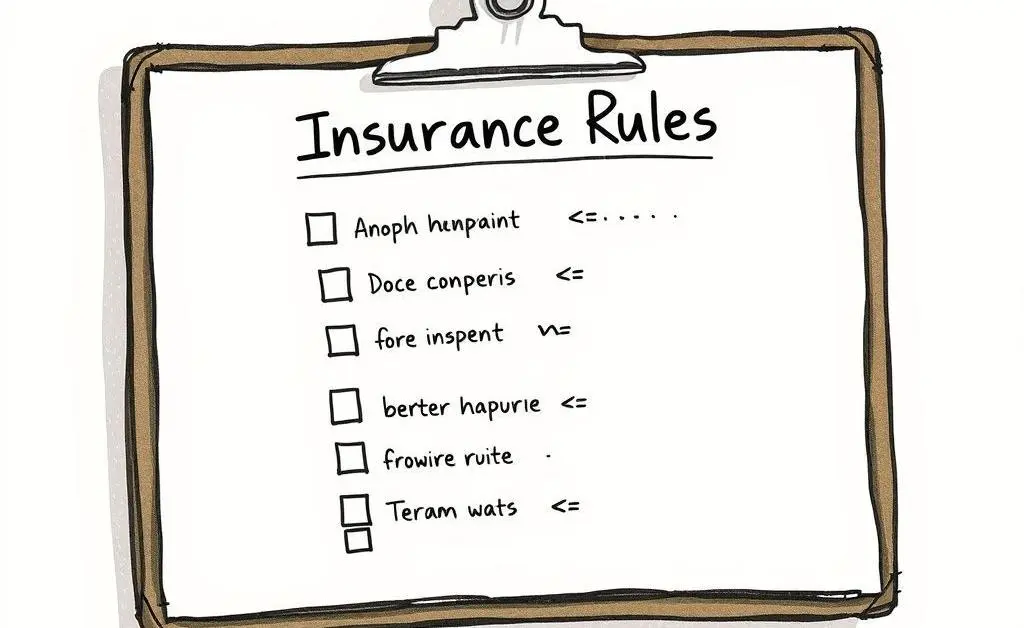Navigating New Insurance Rules: What You Need to Know
Stay informed with practical insights on new insurance rules and how they affect you.

Hey there! Navigating the world of insurance can be a bit like trying to solve a Rubik's Cube, especially when new rules come into play. Let's untangle the puzzle together. I recently delved into some of the latest changes in insurance regulations — and how these might affect you.
Understanding the New Insurance Rules
The primary keyword here is new insurance rules, and it’s crucial to understand why these changes are taking place. Typically, changes occur to keep policies up-to-date with societal values and economic conditions. They can impact everything from what’s covered in standard policies to how claims are processed.

Why Do These Changes Matter?
Well, they matter because they can directly affect your coverage and premiums. For instance, there may now be stricter guidelines on what constitutes damage or a higher threshold for claims. Staying informed ensures you aren’t caught off guard when renewing your policy or filing a claim.
Key Changes and Their Implications
- Increased Premiums: With rising costs, some insurance companies are adjusting premiums. Make sure you review your policies to see how the changes impact your out-of-pocket expenses.
- Revised Coverage Options: New rules might alter what’s covered under a standard plan. It’s a great time to reassess your coverage needs and consider additional insurance if necessary.
- Claim Processes: Streamlined or modified processes might affect how long it takes to get a claim approved and what documentation is needed.

FAQs on New Insurance Rules
If you're like me, the first question popping up in your head is probably, “What steps should I take?” Here's a simple checklist:
- Review Your Current Policy: Start by understanding your current coverage and how new rules might change it.
- Stay Informed: Regularly check updates from your insurance provider. They usually send email alerts or postal mailers about significant changes.
- Consult with Your Agent: Don't hesitate to reach out! Sometimes a five-minute call can clarify the nuances better than any online article could.

How to Make the Transition Smoother
Making such transitions smooth involves a bit of preparation. Keep an open line of communication with your insurance agent. They can provide tailored advice that’s in sync with the latest regulations. Additionally, embracing online customer portals can expedite accessing information and managing policy details.
Final Thoughts
While change is a constant in the insurance industry, it doesn’t have to be daunting. The key is to stay informed, proactive, and maintain communicative relationships with your insurance provider. How are you navigating these changes? Any tips or experiences you’d like to share? Let’s keep this convo going!




